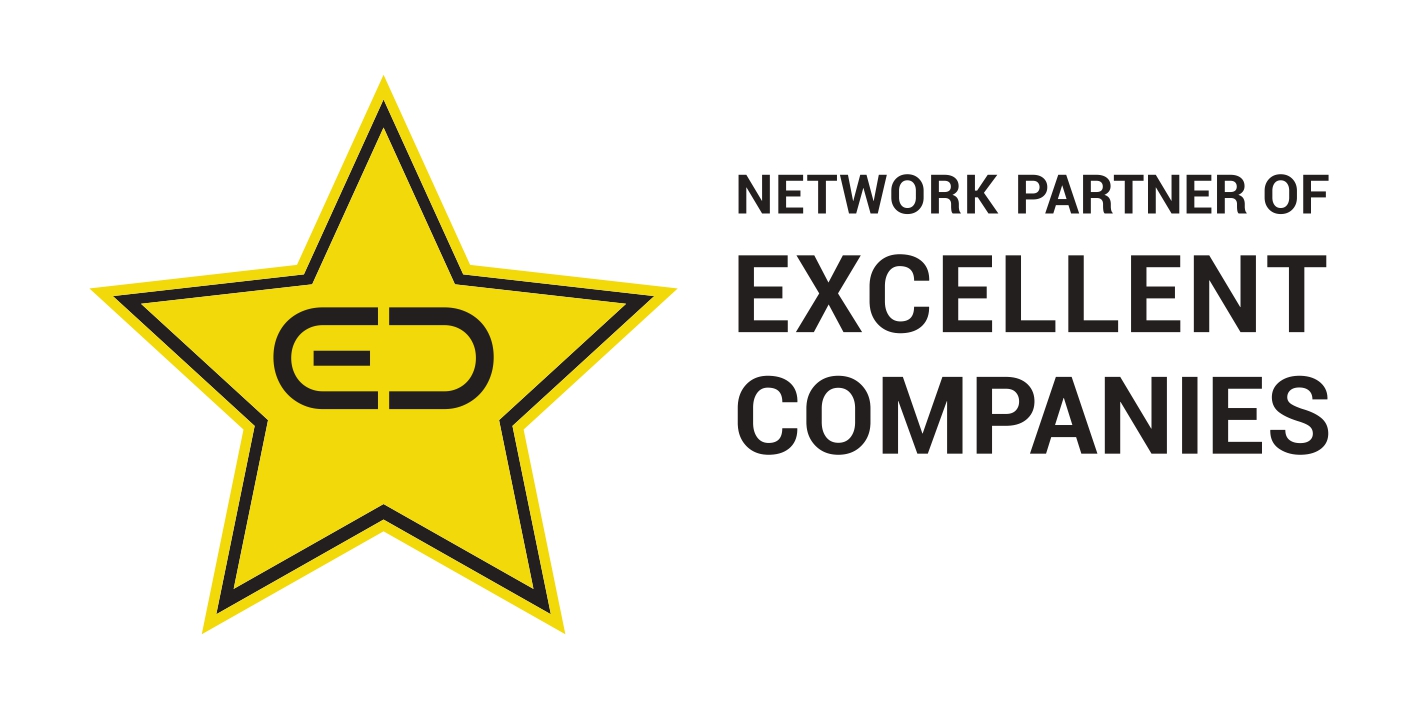December 4th, 2025, posted in for_founders
by Adelina
We programmers are known for having a language of our own which makes people who are not in the industry see us as wizards. When we make a thing for our community (such as a language framework or library), the names we give it are often even more obscure - at least to outsiders.
React, Angular, Vue, Mithril. Have you ever wondered what the names of all those JavaScript frameworks actually mean?
The question recently came up on a Q&A platform and we thought of settling the score once and for all.
The names are pretty self-explanatory - but only if you’re a developer (or a Tolkien fan). Otherwise, not so much.
React - a front-end framework developed for applications where data is always changing (think Quora). As the user clicks around, types, submits forms, the view reacts to those user actions. So the name stands for its one-way reactive data flow.
Angular - HTML has angular brackets and the namespace is called ‘ng’ because it’s supposed to make you think of ‘Angular’. Oh, and JS stands for JavaScript, the language of this framework.
Vue - this one really does what it says on the box. It’s another JS framework for building user interfaces whose core library is focused on the view layer. View - Vue. Potato - potata.
Mithril - ‘as light as a feather and as hard as dragon scales’. Or at least that’s how Bilbo describes the fictional metal in the Lord of the Rings world. Now I don’t know what the creators of the JavaScript framework were thinking, but I’d assume it was something similar. Mithril is light (< 8kb gzip and fast), but it has been described as ‘very intelligent and powerful’ and robust all-round. It’s great for beginners and small projects (as per the conversation here), while being a strong JS framework. Kinda like a very light but sturdy shirt of chainmail.
If you have any other questions or curiosities, go ahead and leave a comment.
















